April 17, 2025 | 03:39 GMT +7
April 17, 2025 | 03:39 GMT +7
Hotline: 0913.378.918
April 17, 2025 | 03:39 GMT +7
Hotline: 0913.378.918
China is ready to work with Russia to implement the important consensus reached by the two heads of state to promote bilateral trade, deepen investment cooperation, upgrade connectivity and strengthen agricultural cooperation, said Chinese Vice-Premier He Lifeng at the China-Russia business forum in Shanghai in May.
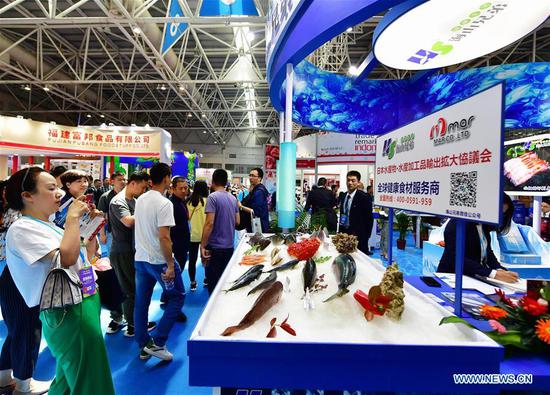
Visitors buy seafood products at the Russian national pavilion at the China (Fuzhou) International Seafood& Fisheries Expo in Fuzhou, the capital of Southeast China's Fujian province, on June 2. Photo: Xinhua
In the past 10 years, the compound annual growth rate of Chinese imports of agricultural products from Russia was 10.7 percent, which is higher than the growth rate of overall bilateral trade, according to the China Chamber of Commerce of Import & Export of Foodstuffs, Native Produce & Animal By-Products, or CFNA.
Products such as meat, soybean and wheat have the potential to grow in terms of bilateral trade, industry insiders said. The measures are already in place for the purpose.
During his state visit to Russia in March, President Xi Jinping and his Russian counterpart Vladimir Putin signed and released a joint statement on Pre-2030 Development Plan on Priorities in China-Russia Economic Cooperation at the Kremlin, pledging to enhance agricultural cooperation to ensure food security in the two countries.
"Under the leadership of the two leaders, the Sino-Russian comprehensive strategic partnership of coordination in a new era will continue to strengthen agricultural cooperation," said Feng Can, general manager of Shandong High-Speed Airport Logistics Development.
The Chinese company started doing business with Russia's Zarechnoe Group in July 2021 and imported frozen beef into China. Until May this year, Shandong High-Speed Airport Logistics Development has purchased 2,100 metric tons of beef from Zarechnoe.
This year, another Russian company, Lipetsk Meat secured import approval from Chinese customs authorities. During Feng's visit to Moscow in late May, Chinese companies signed an agreement with Lipetsk Meat for the import of more Russian frozen beef to China from next year.
Although imports of Russian beef products to China started relatively later compared with other countries such as Australia, Brazil, and Argentina, China has become the largest market for Russian beef products.
Feng said that beef consumption has increased in China so much that the consumption volume is almost as much as pork.
"As Brazil, Argentina and Australia are seeing a decrease in their export volume of beef, we are foreseeing an increase in China-Russia meat trade volume in the next five years," Feng said.
Feng said that under the Belt and Road Initiative, the Sino-Russian agriculture cooperation has been strengthened.
He told China Daily that Shandong High-Speed Airport Logistics Development is promoting the transportation of frozen goods to China on the Belt and Road route on China-Europe freight trains.
The advantage of these trains is that railway transportation will hardly be affected by international situations, Feng said. For instance, cargo ships from Russia, Belarus, Siberia and other countries take about 35-45 days to reach Chinese ports. However, China-Europe freight trains take just 15-25 days.
International shipping costs are high due to various factors. Therefore, the company can cut the procurement costs by more than 30 percent by taking the rail route, Feng said.
Cao Derong, chairman of the CFNA, said that apart from the meat trade, the Sino-Russian soybean industry trade is also growing rapidly, and the organization has adopted several measures to strengthen the safety and stability of the supply chain for sustainable growth.
"China is expected to import 3.7 million tons of soybeans from Russia by 2024, which is a big task, given that the average imports of soybeans from Russia have been less than 1 million tons every year," Cao said.
However, Cao said the demand is high. China imports around 100 million tons of soybeans per year, mostly genetically modified, or GM, varieties from the Americas, which can only be used for making edible oil and animal feed.
"Soybeans from Russia are of non-GM variety, and they can be used for human consumption," he said, noting the huge demand for non-GM soybeans in the Chinese market.
Trade has gained momentum because of better facilitation of agricultural trade on both sides, said Wang Kaixuan, director of the Department of Eurasian Affairs at the Ministry of Commerce.
"We support enterprises from both sides to deepen cooperation in agriculture and expand the supply chains," Wang said.
China and Russia will further expand bilateral trade, while aiming at accelerating the pace of cooperation in science and innovation, low-carbon sectors and biomedicine, and making steady progress to achieve the $200-billion mark in bilateral trade by 2024, Wang said.
(Chinadaily)
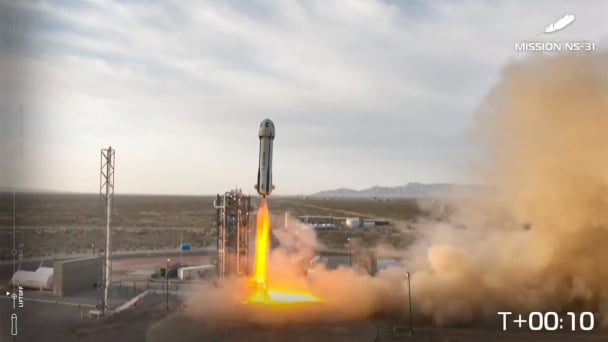
(VAN) 169 lotus seeds selected by the Vietnam Academy of Agricultural Sciences were carried into space by Vietnamese-American astronaut Amanda Nguyen.
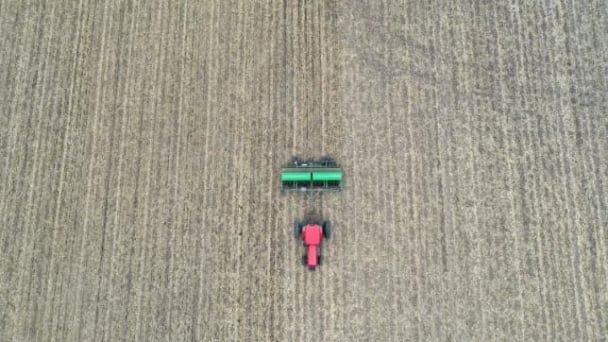
(VAN) Tariffs are making life more expensive for John Pihl. He's been farming in Northern Illinois for more than 50 years.
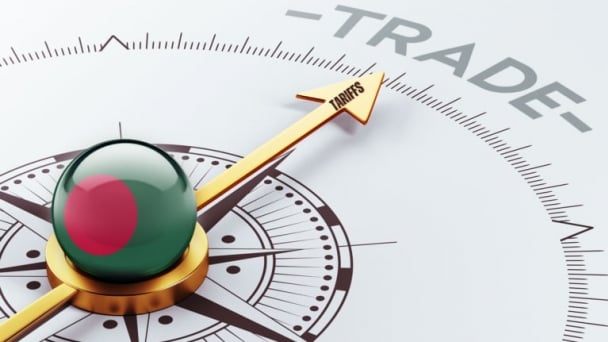
(VAN) European and American farmer organisations are concerned about the import tariffs that the United States introduced on 9 April for products from the European Union. This makes them 20% more expensive.

(VAN) Global poultry trade is expected to remain strong amid relatively tight global protein supply and growing consumption, RaboResearch concludes in its latest animal protein report.
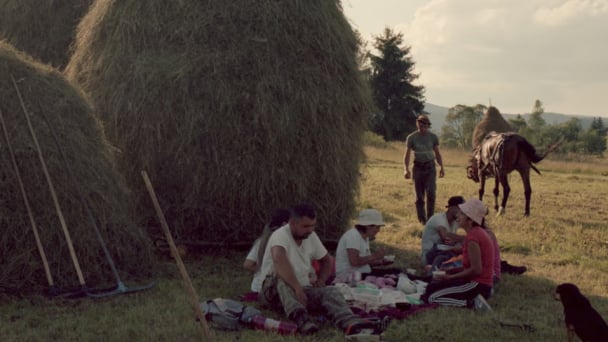
(VAN) Traditional methods benefit hundreds of species but as new agricultural techniques take over, the distinctive haystacks mark a vanishing way of life.

(VAN) The nation’s top banks are quietly advising their clients on how to build a financial life raft - or perhaps life yacht - from the wreckage of runaway climate change.
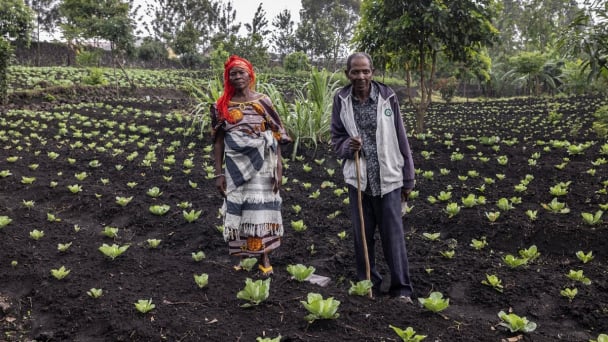
(VAN) From FAO Office in the Democratic Republic of the Congo.